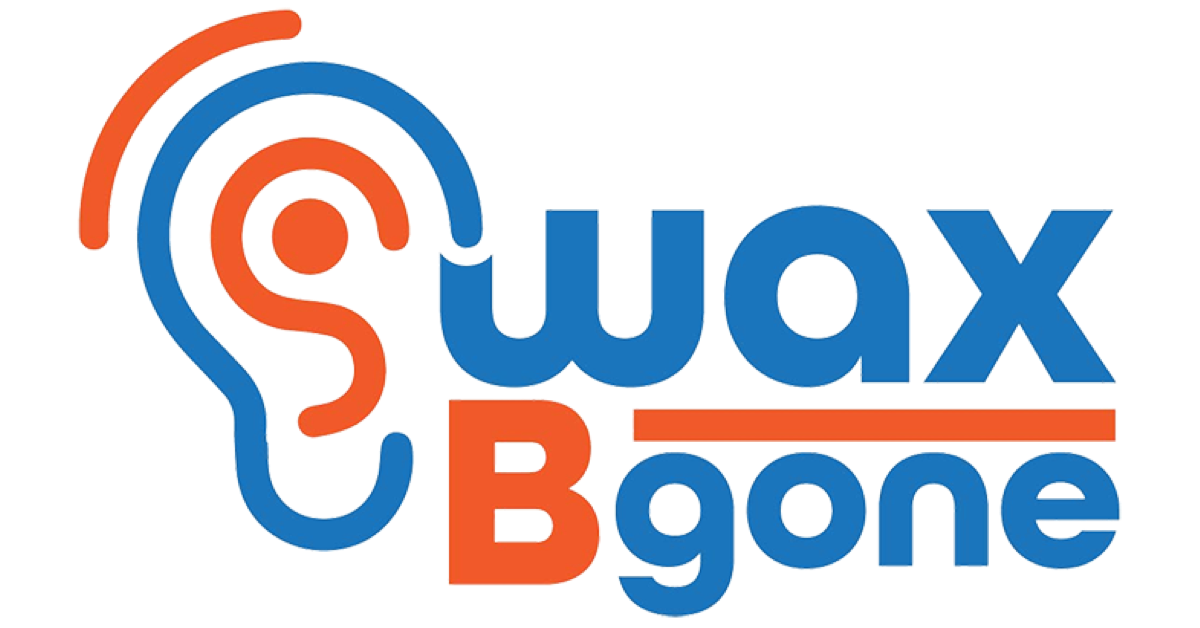Earwax, also known as cerumen, is a natural substance produced by the
body to protect the ear canal. However, too much earwax can cause
blockages and hearing problems. Many people turn to earwax removal
at home, but is irrigation safe for this purpose?
Irrigation is the process of using water to flush out earwax. This can be
done with a bulb syringe, ear irrigation kit, or even a shower head. While
irrigation can be effective for removing earwax, it can also be dangerous
if not done correctly.
First and foremost, it's essential to understand that earwax removal
should only be attempted if you can see the wax and it is causing
symptoms such as hearing loss or pain. It is helpful to use an otoscope
for this purpose. If you cannot see the wax or are not experiencing any
symptoms, it is best to leave it alone.
Safe Irrigation Tips
If you do decide to use irrigation to remove earwax at home, it's crucial
to do it safely. It is recommended that you follow the instructions that
come with the irrigation kit. Here are some additional tips to follow:
1. Use lukewarm water. Hot or cold water can also cause temporary
dizziness.
2. Never use cotton swabs, curettes, picks or other small objects to try to
remove earwax, as this can push the wax deeper into the ear canal and
cause blockages or more importantly cause injury to the ear canal or
eardrum.
3. Avoid using irrigation if you have had ear surgery, have a perforated
eardrum, or have a history of ear infections.
4. Do not use a single stream irrigation tip or water pick. Clinical studies
have shown that they can easily damage the delicate eardrum. Multi-
stream tips like the 7-stream SoftSpray Tip are safer.
5. Be gentle when irrigating and don't force the water into the ear canal,
as this can cause damage.
6. Earwax softening drops prior to irrigation can increase your success
rate up to 97% according to some recent studies.
It's also important to note that irrigation should only be used as a last
resort. Earwax can often be removed naturally, with time and a little
patience earwax can fall out of the ear on its own. If you are not sure
about the safe method of earwax removal or if the symptoms persist, it's
best to seek medical advice.
Conclusion
In summary, irrigation can be an effective way to remove earwax at
home, but it must be done safely to avoid causing damage to the ear
canal and eardrum. If you are not sure about the safe method of earwax
removal or if the symptoms persist, it's best to seek medical advice.
Remember that earwax removal should only be attempted if you can see
the wax (preferably using an otoscope) and it is causing symptoms such
as hearing loss or pain.
